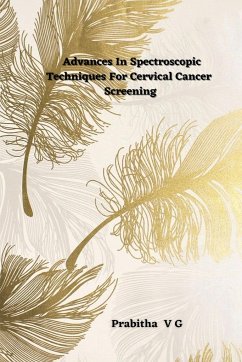Cervical cancer is a leading cause of cancer-related deaths among women worldwide, and early detection is key to improving patient outcomes. Spectroscopic techniques have emerged as promising tools for cervical cancer screening due to their ability to detect changes in tissue biochemistry and morphology associated with cancer development.Recent advances in spectroscopic techniques, including fluorescence spectroscopy, Raman spectroscopy, infrared spectroscopy, and optical coherence tomography, have improved the accuracy and sensitivity of cervical cancer screening. These techniques enable real-time, non-invasive, and high-resolution imaging of cervical tissue, allowing for the detection of pre-cancerous and cancerous lesions at an early stage.Fluorescence spectroscopy, for example, utilizes the fluorescence emission of endogenous molecules such as nicotinamide adenine dinucleotide (NADH) and flavin adenine dinucleotide (FAD) to differentiate between normal and cancerous tissues. Raman spectroscopy measures the vibrational energy levels of molecules and can identify changes in molecular composition associated with cancer development.Infrared spectroscopy uses the absorption of infrared radiation by molecules to generate spectra that can differentiate between normal and abnormal tissues. Optical coherence tomography, on the other hand, uses light waves to generate high-resolution images of tissue morphology and can identify changes in tissue structure associated with cancer.Overall, advances in spectroscopic techniques hold great promise for improving the accuracy and efficiency of cervical cancer screening, potentially leading to earlier detection and better patient outcomes.








